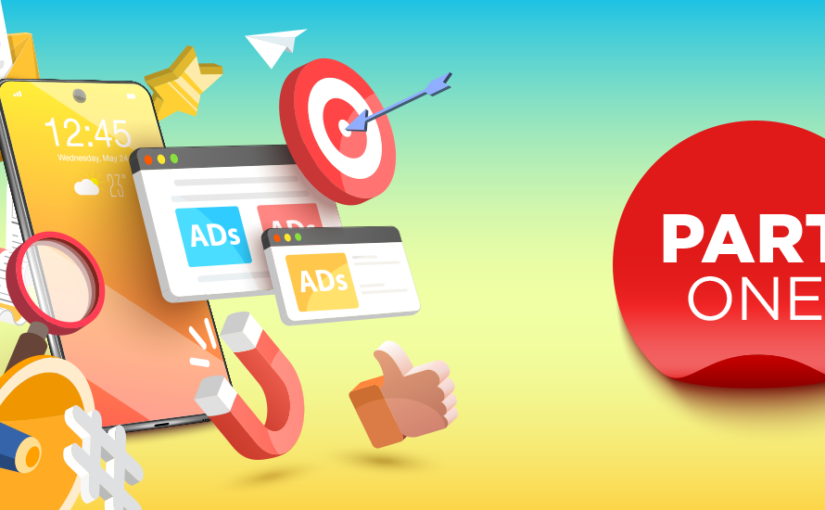Important changes to Google Ads since its inception
In case you haven’t noticed, Google has been shifting its advertising approach over the past several years. Rather than providing more granular flexibility, they have focused on more automation, and a more artificial intelligence-driven approach.
In this article, which is the first part of a 3-part series, we’re going to discuss the evolution of Google’s approach, some of the challenges that this poses for both B2C and B2B advertisers, and what you can do about it in order to get the best results.
Google Ads Has Evolved
It’s hard to believe that it’s been over 21 years since Google AdWords first launched. On October 23, 2000, Google unveiled the first-ever online advertising platform that was self-serve. This revolutionized the way marketers reached people digitally and drove us towards a $356 Billion industry. Over the time since launch, Google AdWords (now Google Ads) has evolved quite a bit.
While there are many components of Google’s evolution, there are two primary ones that have had the biggest impact on the way advertisers place ads and measure their effectiveness.
Consumer privacy
The first component we’ll explore is privacy. We can all agree that greater consumer privacy has benefits for the consumer. While this is good, it can also have an adverse effect on the way marketers and advertisers get the data they need to do better work and provide more relevant ads. Regulations such as GDPR in the European Union or California’s CCPA privacy regulations are behind much of this, and other jurisdictions are currently drafting and approving their own versions of these. Thus, companies like Google are needing to address them meaningfully.
First, Google stopped showing individual organic keyword search results for most users, and now similar things are happening with its paid advertising. Advertisers are getting less than half of the original signal of how audiences are finding them, and what queries are driving them.
Increased reliance on Artificial Intelligence
Second, let’s talk about AI, or artificial intelligence, often referred to as Smart Bidding within the Google Ads interface. In order to make buying ads through their platform, Google has increasingly automated parts of the process by adding machine learning functions to maximize conversions, reach a target cost per acquisition (CPA), and other features. For more novice advertisers, this has made the platform much more accessible and easier to get a campaign up and running, and has also helped advertisers with small budgets maximize their ad spend. For more advanced advertisers, however, this has been a source of frustration, as the ability to more specifically target users has been deprecated in favor of easier-to-use methods that appeal to a broader user base of their tools.
As an example, Google has progressively used its automation tools to evolve how it handles match types, such as matching a word like “software” to “tool” or similar replacements. Increasingly, however, these matches are expanding in order to incorporate more related queries (at least from the standpoint of Google’s AI and machine learning), and while this can be good for some larger B2C advertisers that can benefit from the greater volume and diversity, it can have detrimental effects for more niche advertisers, including B2B advertisers (which we will explore in more detail in the next article in this series).
Because of these changes, there have been some benefits for advertisers and marketers that are less knowledgeable about the intricacies of digital advertising, but more sophisticated advertisers, or companies that target niche audiences, or even business to business (B2B) marketers that don’t often have high volumes of customers. We’ll explore some of these challenges as we continue our exploration of Google’s advertising evolution.
Coming up next in the second part of this three-part series, we’re going to explore what evolution means to advertisers and marketers, the challenges they face, and the best solution to these challenges.
For more information read more about Attribution or contact us.
